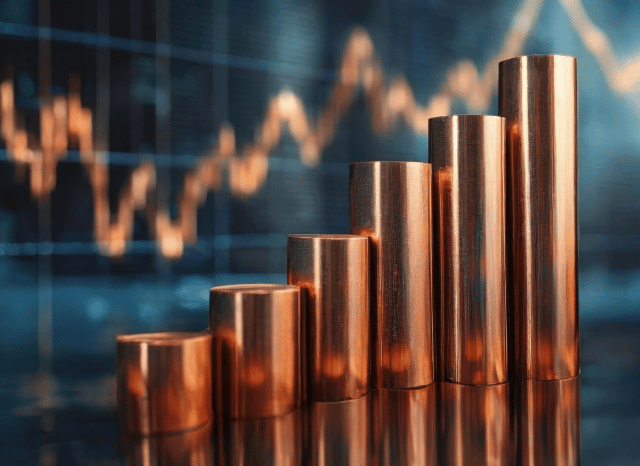Uncommon Earth Component Minerals: International Source and Demand by Stanislav Kondrashov
Uncommon Earth Component Minerals: International Source and Demand by Stanislav Kondrashov
Blog Article

The strategic metals powering the Strength transition are now centre phase in geopolitics and marketplace.
The moment confined to market scientific and industrial circles, rare earth features (REEs) have surged into world wide headlines—and once and for all reason. These 17 elements, from neodymium to dysprosium, will be the building blocks of contemporary engineering, playing a central position in every thing from wind turbines to electrical auto motors, smartphones to defence techniques.
As the whole world races in the direction of decarbonisation and digitalisation, desire for REEs is soaring. Their job within the Strength transition is crucial. Large-effectiveness magnets made with neodymium and praseodymium are essential to the electrical motors Employed in both of those EVs and wind turbines. Other REEs like europium and terbium are useful for lights, displays, and optical fibre networks.
But provide is precariously concentrated. China at present qualified prospects the sourcing, separation, and refining of unusual earths, controlling greater than eighty% of world output. This has left other nations scrambling to build resilient source chains, lower dependency, and safe access to these strategic means. Due to this fact, unusual earths are no longer just industrial materials—They are geopolitical assets.
Traders have taken note. Fascination in uncommon earth-related stocks and Trade-traded funds (ETFs) has surged, driven by both the growth in clean up tech and the desire to hedge from supply shocks. Nonetheless the market is advanced. Some businesses are still during the exploration phase, Some others are scaling up production, even though a few are presently refining and providing processed metals.
It’s also very important to comprehend the difference between exceptional earth minerals and exceptional earth metals. "Minerals" refer to the raw rocks—like bastnasite, monazite, xenotime, or ionic clays—that include uncommon earths in purely natural form. These need intensive processing to isolate the metallic components. The term “metals,” However, refers to the purified chemical elements Employed in superior-tech purposes.
Processing these minerals into usable metals is highly-priced. Outside of China, handful of nations have mastered the full industrial system at scale, nevertheless destinations like Australia, the U.S., Vietnam, and Brazil are Doing work to change that.
Demand from customers is currently being fuelled by numerous sectors:
· Electric powered mobility: magnets in motors
· Renewable Electricity: notably wind turbines
· Customer electronics: smartphones, laptops, sensors
· Defence: radar, sonar, precision-guided units
· Automation and robotics: ever more essential in field
Neodymium stands out as a particularly precious uncommon earth as a consequence of its use in strong magnets. Others, like dysprosium and terbium, increase thermal steadiness in higher-general performance applications.
The uncommon earth current market is risky. Prices can swing with trade policy, technological breakthroughs, or new supply sources. For investors, ETFs provide diversification, even though immediate stock investments include increased possibility but likely greater website returns.
What’s distinct is unusual earths are not obscure chemical curiosities—they’re strategic sources reshaping the global economic climate.